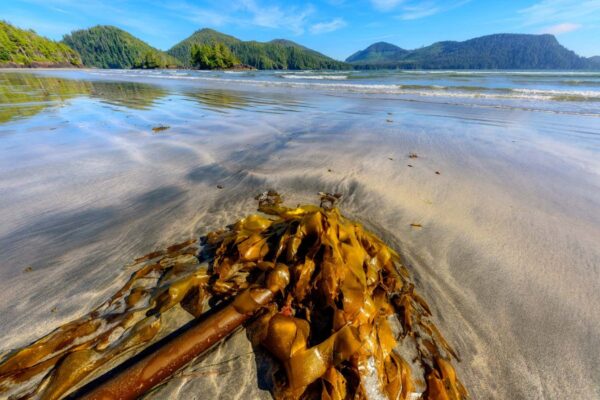
Partial skeleton of a previously unknown medium-sized theropod dinosaur found in Siberia
Study of a partial skeleton found embedded in a rock has resulted in the discovery of a new species of dinosaur. Using a variety of technology and techniques, researchers affiliated with several institutions in the Russian Federation found that the fossil once belonged to a previously unknown dinosaur they have named Kiyacursor longipes. Study of a…













